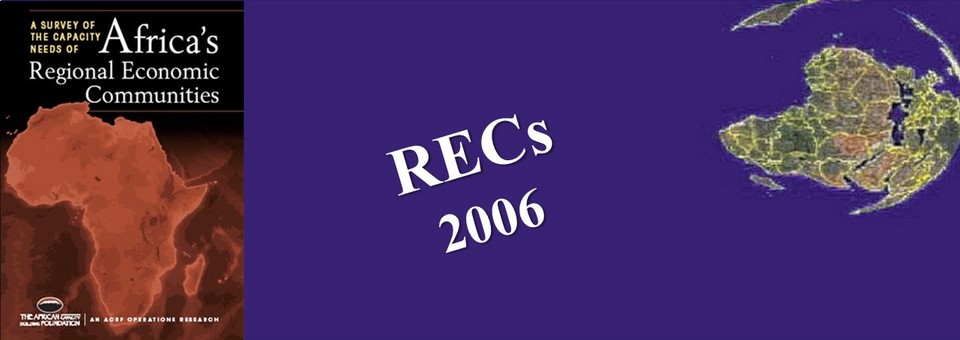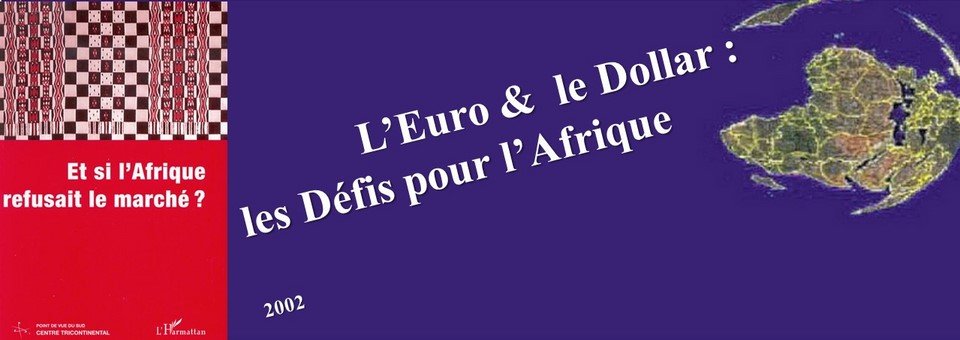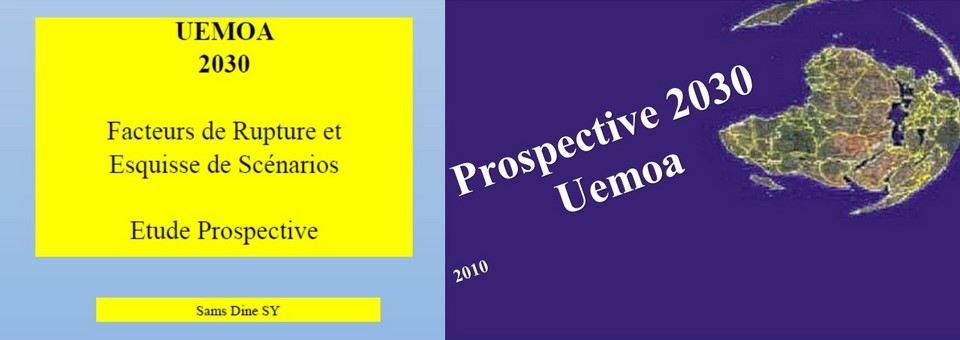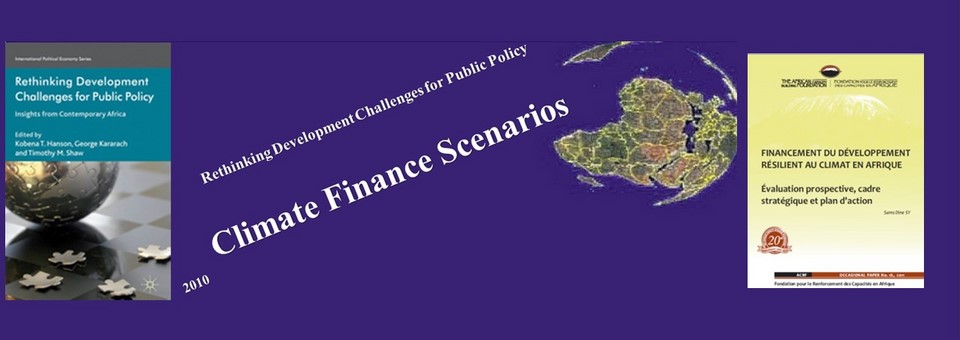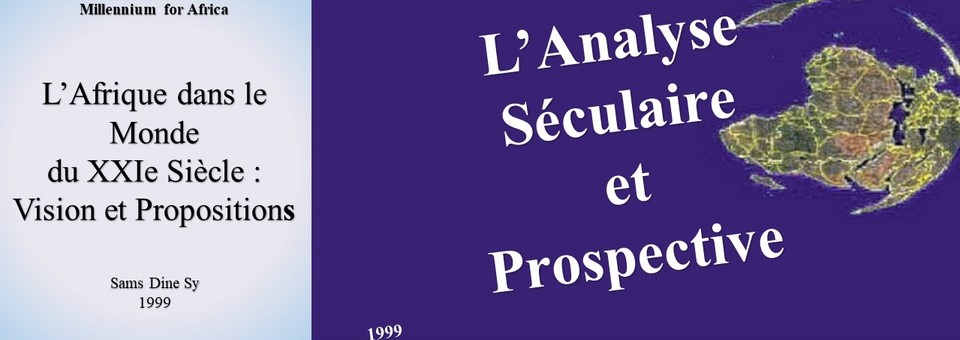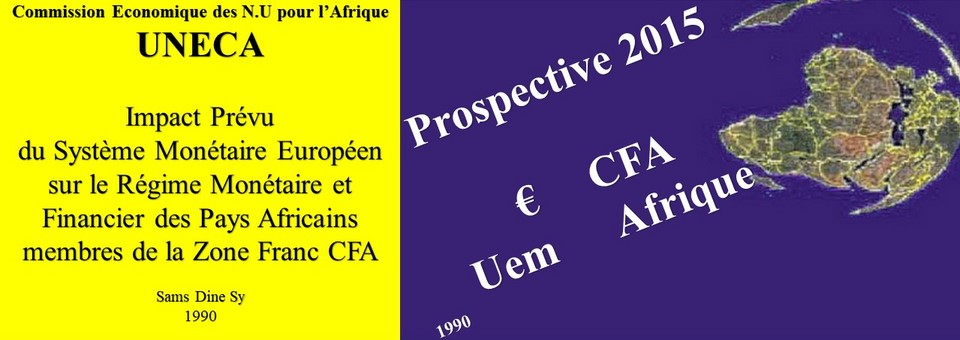POLICY ANALYSIS:
Deployment in AfricaShould we imitate the American model ?
Development & Model
Should we imitate the American model?
By Sams Dine SY, Financial Economist, Consultant, Dakar
(published in 2003 Sud Quotidien, Le Matin)
Within a week, Senegal's President Abdoulaye Wade clearly affirmed his admiration for the American model. A national daily newspaper (Le Soleil of August 30 and September 1) and an African weekly (Jeune Afrique of August-6 September) reported it in turn, and in the first, he pronounced the sentence in unequivocal terms: "Europe cannot be a model for us, because Europe was built in two thousand years. The United States has, because its development has taken place, I would say almost before our eyes... in one hundred and fifty years...", thus becoming"... the greatest political and economic force in the world, on what would be at most one fifth of Africa".
Curiously his statement went almost unnoticed. Political current events, which are quite rich, undoubtedly have something to do with it. However, the implications of this choice, given Senegal's intellectual influence in Africa, do not suffer from comparison with those of the media-political adventures of recent weeks. If only for that reason, there is reason to take a closer look. Four questions come to mind: what is at the origin of development, as we measure it today? Is the time taken by America and Europe to develop correct? Is the speed of development a relevant criterion to qualify one as a model and the other as a push-back? To what extent can the development process be imitated?
The thesis of the development of Europe completed in 2000 years stems from works among which we can quote those of Paul Bairoch. It was defeated by Angus Maddison who, following a thorough investigation, managed to reconstruct the global development scenario during the last millennium. The significant fact according to him, is that the gap between the level of development of the populations of the different regions of the inhabited world was reasonable until about 1820 and not a century earlier. These populations would have lived on, roughly, the equivalent of less than US$2 a day. Including, in Africa, despite the long period of slavery and the regular drain on its resources in previous centuries. The gaps with the rest of the world began to widen from 1820, to become abyssal for only half a century, especially between Africa and the United States.
Yet, as early as the 15th century, Europe had launched a vast undertaking to unify the world through trade and technical progress. The European model had thus gradually spread throughout the world, with varying fortunes. But Europe would not have begun to reap the benefits of development until the 18th century, only a few decades before the United States. This country has finally taken its world leadership, no doubt helped by the vitality of its active population, its capacity to innovate, but also by the interminable wars on the old continent.
From this brief overview, it should be noted that development, as we measure it today, is a recent affair. Europe and America have developed over a short period not exceeding one hundred and eighty years. The development process also appears to be a well-kept secret. To the first group of 24 countries that crossed the $1,200 GDP/hr barrier in 1900, only a handful of 6 countries could be added in 2000 whose GDP/hr exceeded the $14,000 barrier, while the former USSR lagged behind.
President Wade may have decided a little quickly, but he has the merit of relaunching the debate on the American and European models, a debate that has been raging since the fall of the Berlin Wall. Thus, productive systems, innovation systems, modes of governance, managerial cultures and conflict resolution modes, including value conflicts, were compared. The differences - between the (European) Rhine model, which is network oriented, and the American model, which is market oriented - are exacerbated before being put into perspective. Following the tragic events of 11 November and the change of strategic paradigm with the notion of preventive war, "old Europe" and "new America" could be presented, one as a repeller and the other as a model. It is undoubtedly in this current that President Wade joins. However, the analysis of these two regions shows an extraordinary level of strategic interdependence due to the intensity of economic, trade and technological relations. Moreover, there is no evidence that Europe's decline and American supremacy are irreversible processes.
To the extent that there is neither opposition between these two models, nor a codified and generalizable development process, the apprentice



